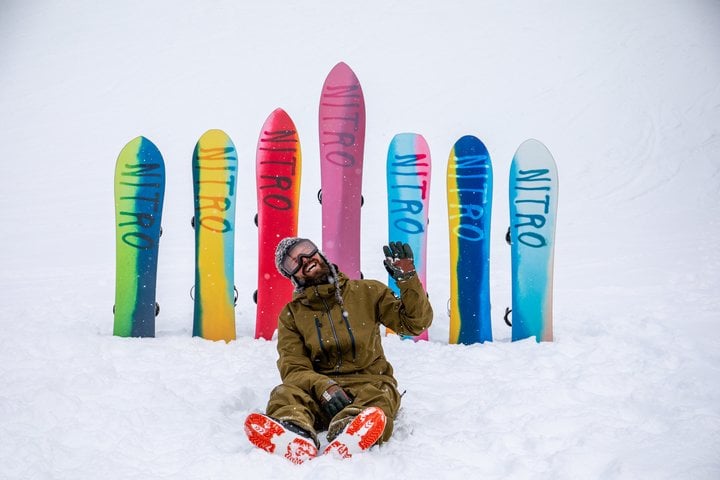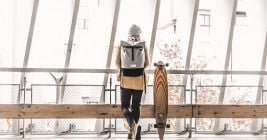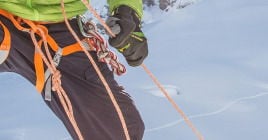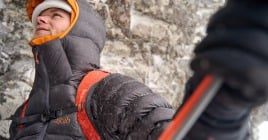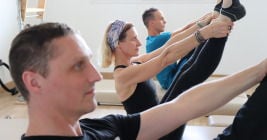
Everything you need to know about snowboard boots, to be able to select the right model.
So if you're a snowboarder and want to take the plunge and buy your own equipment, read the few lines below to help you choose the right product! All our Nitro boots modelsour Burton boots modelsour models of boots Vans or our Nidecker boot models are here just for your feet!
Criteria to take into account when making your selection
-
Sex
By selecting a boot model according to your gender, you will maximize comfort and therefore pleasure during your descents. This one will obviously be thinner for women, so that the fit/support is as precise as possible.
-
Practice / Level
-
- The flex of the boot
- Asoft flexis ideal for a beginner to occasional snowboarder since it requires little physical effort and is, above all, ultra comfortable.
- A medium flex is perfect for an intermediate to advanced snowboarder as it is stiffer and provides more precision. It allows a good flexibility and therefore a good freedom of movement despite everything. It is often selected for a freestyle practice.
- A rigid flex is dedicated to snowboard experts, who favour stability and precision above all. Thanks to its excellent support, it is ideal for freeriding and/or carving.
-
- Tightening the boot
- The lace-up tight ening remains the most traditional and its operation is very simple. The advantage here is that the clamp is easy to adjust and can be changed in case of breakage. On the other hand, it requires strength to tighten your boot properly.
- The speed la ce tightener, which means "quick lace tightening" is also easy to use as everything is done with a handle. Just pull the handle and the laces will be tightened and the foot is sufficiently supported. This system requires less force than the traditional one.
- The boa tightener is a cable system with a winding wheel. The idea here is speed but also comfort. You can clamp/unclamp your boots in 2 seconds. Ideal for beginners, this system favours flexibility and ease of use.
Note that there are more and more models of boots with two tightening zones. This system ensures precision and a perfect fit, according to your morphology. This way, you can tighten the lower or upper part of your foot more tightly.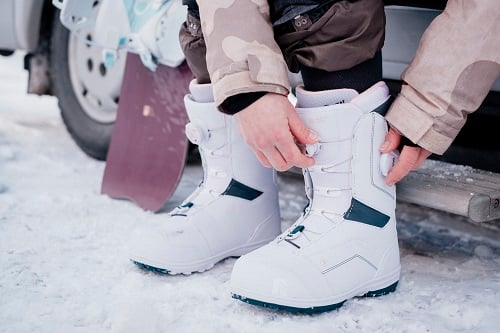
III. Size
Choosing the right boot size is simple and is the same as for alpine ski boots. Once your foot is inside and your legs are stretched, your toes slightly touch the tip of the boot. If this is the case, it should no longer be the case when you bend your knees. At this point, your foot will move backwards and the toes will no longer touch. Also, be careful that your heel does not rise when you walk. To help you find the right size, Alpinstore offers you the size guide for each brand, which you will find on each product sheet.
